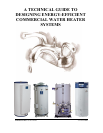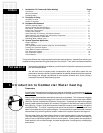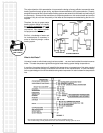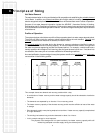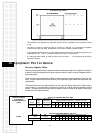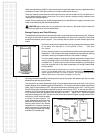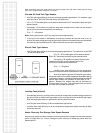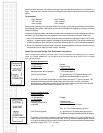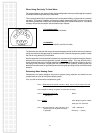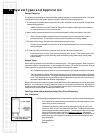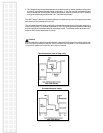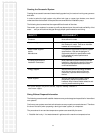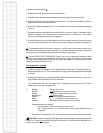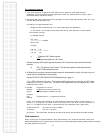
6
• This example could represent an industrial process which is operated for two continuous shifts
a day.
• Hot water is used at a maximum rate of 3.3 gpm or 198 gph. (It is important to establish
maximum flow rate and water temperature rise in order to select a heater model.)
• In this example heater recovery is most important as the system for all practical purposes is an
instantaneous one. That is, it heats the water at the rate it is being used.
• If a tank type water heater is used, the tank size is minimum . . . just large enough to put the
heat into the water.
Recovery Capacity Tables
Recovery capacity tables are the published results of laboratory tests which establish the ability of
a heater to raise the temperature of a given volume of water a certain number of degrees within a
given time period.
Recovery tables are prepared for all State commercial water heaters regardless of the type fuel
used. In each instance the thermal efficiency of the particular type heater has been taken into
consideration.
The tables shown here are representative for the types of heaters produced by State using a
variety of fuels. In this publication, for electricity, recovery at 1 kW for various temperature rises is
shown. The table can then be used without regard to model number as all electric heaters are
considered 100% thermal efficient.
III. Equipment Performance
Continuous Use Profile
Recovery Capacity
Calculated at
Thermal Efficiency of
@ 94%
@100%
Recovery Capacities Electric Tank Type
Kilowatts* Btu TemperatureRise-Degrees F - Gallons Per Hour
(kW) Produce 30 40 50 60 70 80 90 100 110 120 130 140
1.0 3,413 13.6 10.3 8.1 6.8 5.8 5.1 4.5 4.1 3.7 3.5 3.3 3.0
*1 KW = 1000 Watts
Recovery Capacities Gas Tank Type
Approx. Input Rating
Gal. Btu/Hour TemperatureRise-Degrees F - Gallons Per Hour
Model Cap. Nat. & Prop. 30 40 50 60 70 80 90 100 110 120 130 140
SUF
100-150 100 150,000 570 427 342 285 244 214 190 171 155 142 131 122



